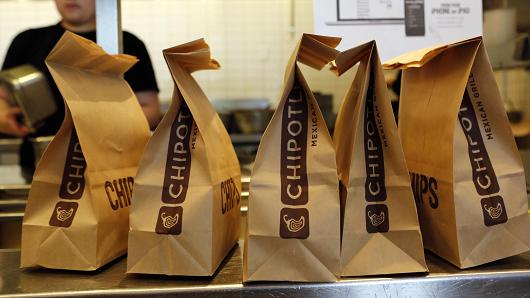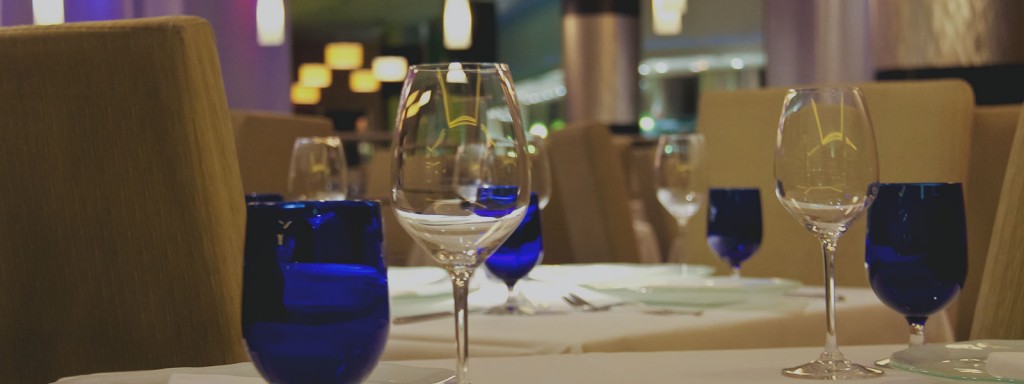
Restaurant Industry Trends – Fast Casual
It seemed as though the dominance of the fast food market segment would be forever enduring. This segment still dominates, but in terms of growth rate, the fast casual segment has been gradually eroding the fast-food market share, with McDonald’s, the leader of the fast food market chains, controlling about 20% of that market, with an average growth rate of around 2%. Alternatively, Chipotle Mexican Grill, the leader and pioneer of fast casual, has grown at a consistent 20% rate for the last seven years[1].
Since the birth of fast food, consumers have traditionally been familiar with three general dining categories: fast food, casual dining, and fine dining. However, the economic expansions of the late 80s and 90s created a shift in income distribution that came along with an alteration in personal preferences for dining for these more affluent consumers. Affluence does not necessarily imply “unlimited means,” but rather an increase in disposable income.
This shift in income distribution created a new type of consumer that demanded the quality of food and freshness that comes from casual dining establishments, and they wanted it with the speed of a fast food restaurant. This led to the restaurant business model that provides the quality and freshness of fast casual, with the limited table service found in fast food restaurant chains. In essence, this created a marked division between fast food and casual dining resulting in a new, fourth category now known as fast casual[2], a term that was devised in the early 1990s.
At about the same throughout the 1980s and 1990s, a new group of consumers was born: millennials. Research conducted by the Heidi Cohen Group, a marketing research firm, shows that this consumer group surpassed baby boomers and spending power by 2015[3]. According to their projections, by 2015 millennials will have $2.45 trillion in consumption power out of the projection out of 75 million millennials. This figure is expected to peak in 2036 at 85 million, according to the Pew Research Center[4].
Since then, this new trend created a niche market that is slowly cannibalizing from the fast food industry group. This is evident in the fact that as fast casual rises, it does so at approximately five times the growth rate of fast food, a problem with which restaurant management consultants wrestle every day. But it is evident from the available research that this disparity is caused by the willingness of consumers to pay up to five times the average spend at McDonald’s, which averages about $3.75 per customer, compared to the average spend of $16.10 at Chipotle[5].
Technology Trends
One of the advances in technology expected to make significant headway in the casual dining industry is mobile payment, a system allowing the customer to pay using their mobile device upon arriving at a restaurant by ordering and paying simultaneously. This feature allows the customer to order before arriving, thereby obviating having to stand in line at the counter. It also allows consumers at fine dining restaurants to order and pay without having to engage the assistance of a waiter for these two processes. This technology offers tools that allow restaurateurs to determine if a customer is new or a regular and to keep track of their average bill. This is something that continues to be recommended by restaurant consulting firms.
Table Trackers is another novelty. This device allows restaurant owners to track orders so that any employee can deliver the order without having to wait for the server who took the order. The server places this device on the table shortly after receiving the order, and when the food is ready, anyone in the kitchen can easily see which table ordered it.
Menu boards will also add to this efficiency with the new digitally connected consumer. These boards will allow the owners more control in terms of revenue management by allowing them to change menu prices instantly or to add new items. Menu boards are now becoming a significant area of restaurant design.
New and Upcoming Brands
When people think of fast casual, first thing that comes to mind is Chipotle and Shake Shack. Innovation and the Burger market has led to the creation of Smashburger, a company introducing the premium burger with craft beer to wash it down as their branding strategy. Depending on the type of burger ordered, the plate is paired with a custom beer that matches the taste. This plan also ranked 6th on Forbes’ annual Most Promising Companies report. This company is essentially taking advantage of the consumer’s willingness to pay up for the modern to core and upscale feel of fast casual.
Also making its foray into fast casual with burgers is Burger 21. Front Burner owns the brand, which was opened in 2012. Last year Burger 21 opened 10 units across five states. It utilizes excellent revenue management as its unit volume grew from $1.47 million in 2012 to a projected $1.75 million by 2015, for an average increase of about 20%. At this growth rate, it almost parallels Chipotle’s stellar growth of about 25%[6].





